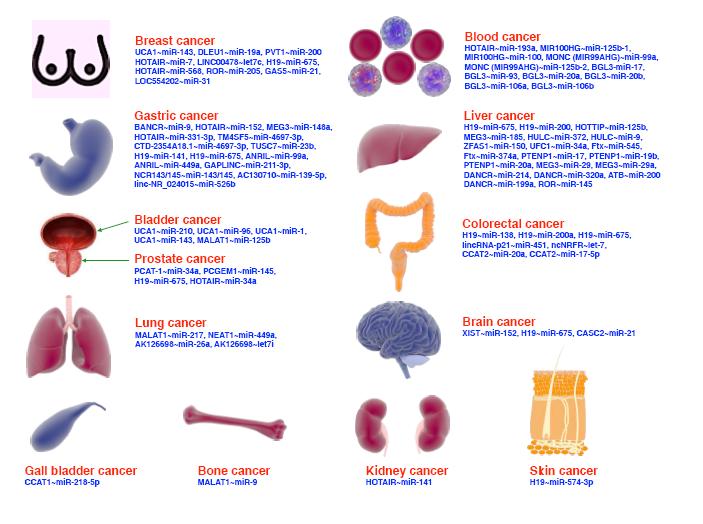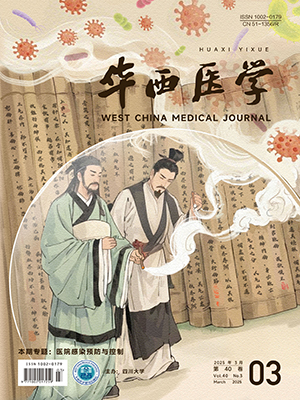Under the policy background of deepening the reform of the hierarchical diagnosis and treatment system in the country, large public hospitals, as centers for the diagnosis and treatment of difficult and severe diseases, face multiple challenges such as difficulty in patient appointment, difficulty in precise diagnosis and treatment, and difficulty in continuous medical care. To overcome this series of severe challenges, West China Hospital of Sichuan University has established a “panoramic” outpatient diagnosis and treatment service system for difficult and severe diseases based on the pain points of patients seeking medical treatment. This system optimizes the entire diagnosis and treatment process through innovative measures such as pre-diagnosis “three convergences”, during-diagnosis “three guarantees”, and post-diagnosis “three connections”. It not only significantly improves the efficiency and quality of diagnosis and treatment, but also provides patients with a high-quality and convenient medical service experience, offering a practical example for large public hospitals to address the diagnosis and treatment challenges of difficult and severe diseases.
Citation: LIU Linghong, WANG Huanlin, DAI Jialing, LI Qin, HUANG Xueru, LI Yinghua, ZHANG Shubin, HE Qian. Construction of a panoramic diagnosis and treatment service system for difficult and severe diseases in outpatient services. West China Medical Journal, 2025, 40(3): 465-469. doi: 10.7507/1002-0179.202403138 Copy
Copyright © the editorial department of West China Medical Journal of West China Medical Publisher. All rights reserved
-
Previous Article
Preliminary exploration of data-driven outpatient resource planning for a large comprehensive tertiary grade A hospital -
Next Article
Improvement strategies for elderly-friendly medical services under the context of high-quality development: a case study of elderly assistance practices at West China Hospital of Sichuan University




